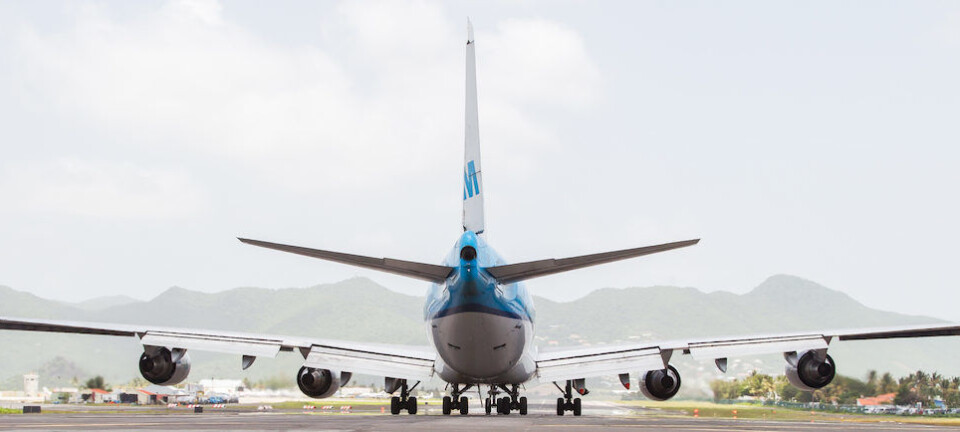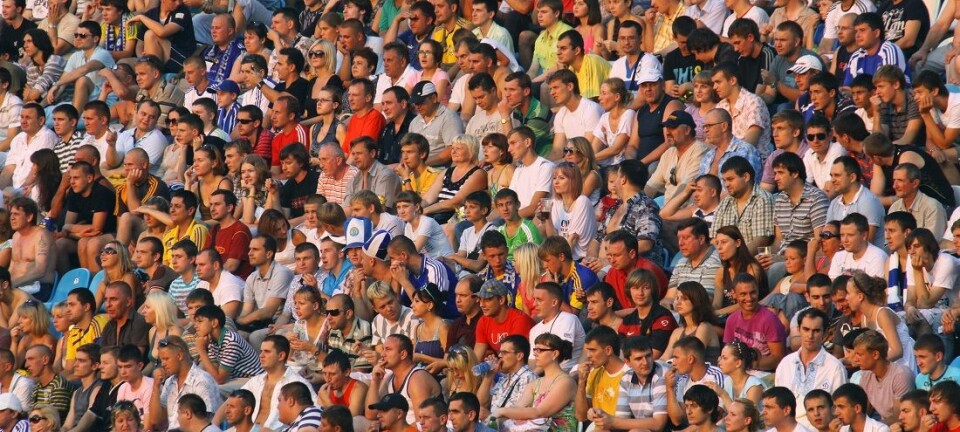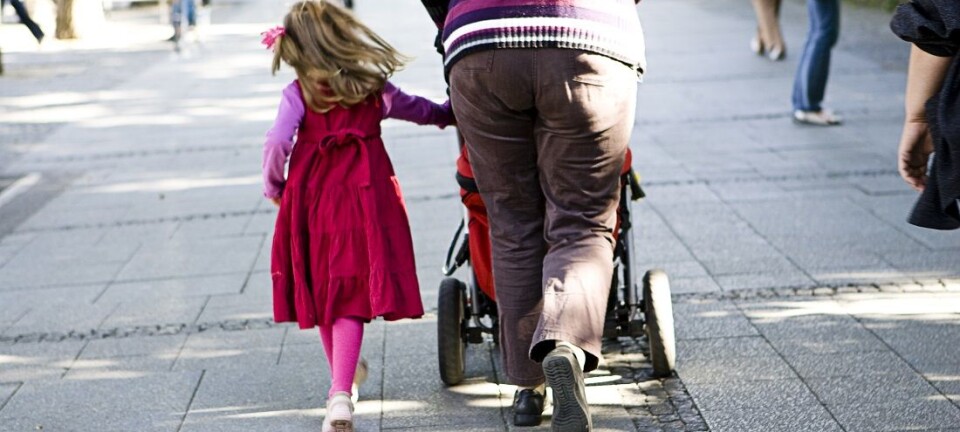This article is produced and financed by NTNU Norwegian University of Science and Technology - read more
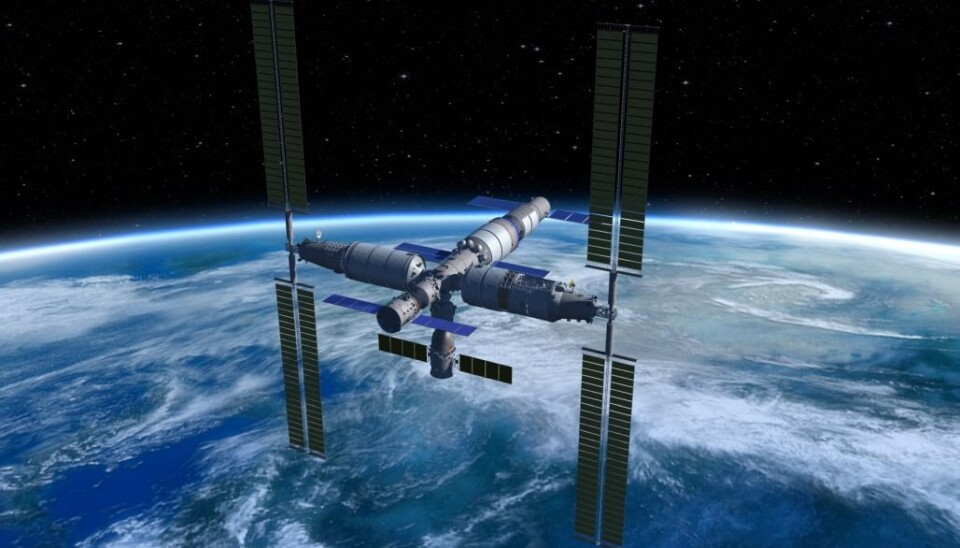
Can weightlessness stop cancer from growing?
One of the nine research projects that has been given the go-ahead for the new China Space Station scheduled for 2022 is designed to answer this exact question.
The unique laboratory conditions offered by the International Space Station and the to-be-launched China Space Station (CSS) allow for research on everything from ultrasound agnostics in microgravity to studies of crystal growth.
Now, when the China Space Station is ready to begin research projects around 2022, it will include an unusual cancer research project called “Tumours in Space,” headed by a Canadian researcher based in Norway. The project will examine the roles of both microgravity and cosmic radiation in tumour growth and development.
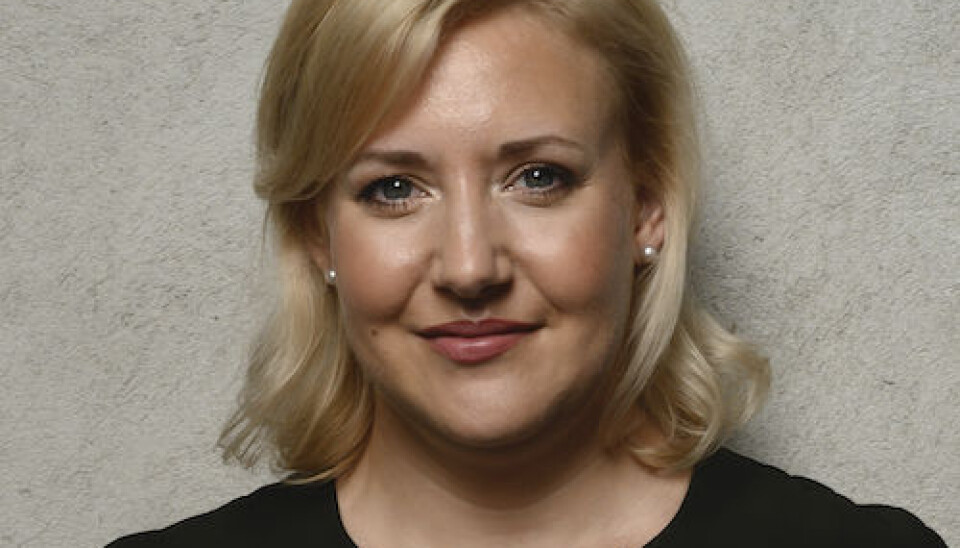
Not only is the project one of just nine selected by the United Nations Office for Outer Space Affairs (UNOOSA) and the China Manned Space Agency (CMSA) under their programme to provide scientists from all over the world with the opportunity to fly experiments on the CSS, it is the only one among the 9 selected that is headed by a woman.
“The plan is to send three-dimensional stem cell organoids from both healthy and cancer tissue from the same person into space. Here we will study mutations and look at how the cell’s DNA is affected by weightlessness and cosmic radiation,” says Tricia L. Larose, Principal Investigator for the Tumours in Space project at the Faculty of Medicine and Health Sciences at the Norwegian University of Science and Technology (NTNU).
“At UNOOSA we are proud that our partnership with the China Manned Space Agency will make it possible for such an interesting experiment to be conducted onboard the CSS,” said Simonetta Di Pippo, UNOOSA Director. “Space is constantly opening up new frontiers for humanity to advance, as demonstrated by this project, which aims to find new ways to reduce tumours, one of the main killers of our time.”
Weightless tumours
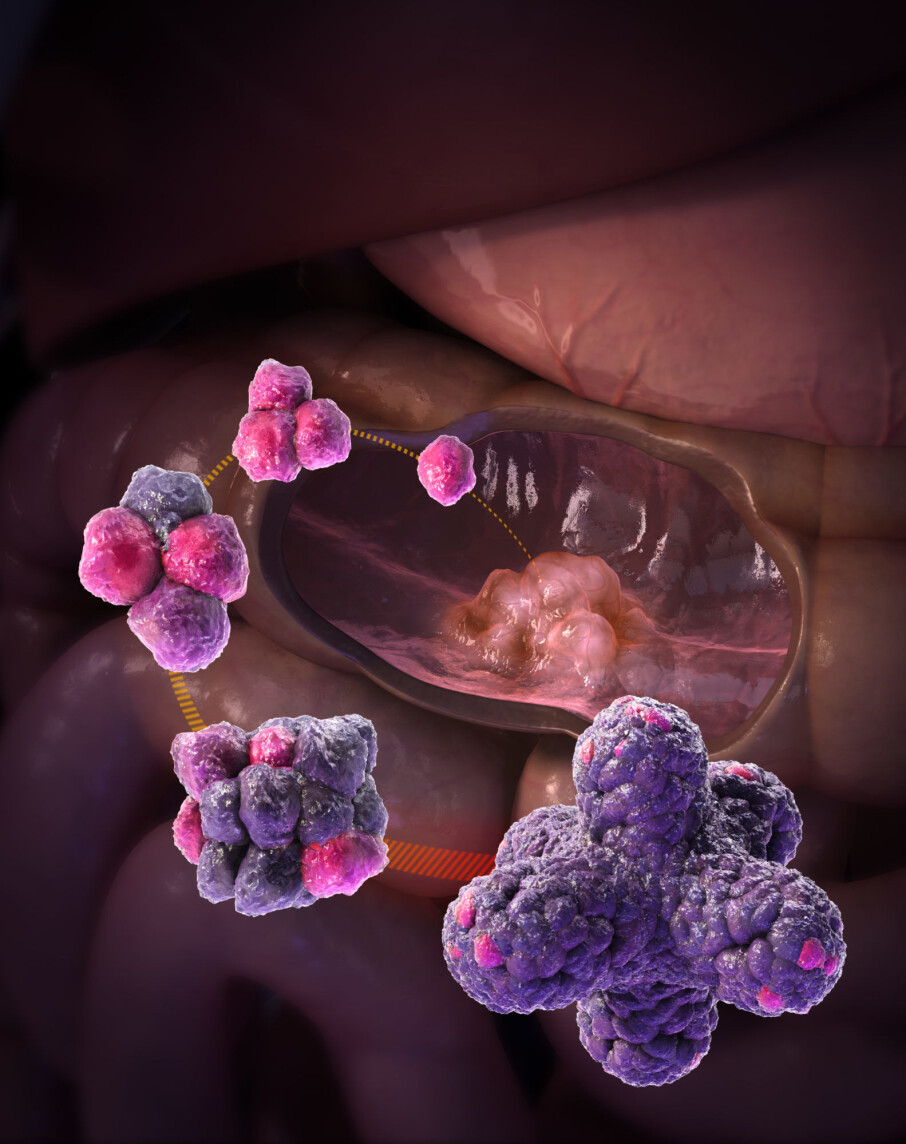
The experiment will rely on three-dimensional cancerous tumours, called organoids. These organoids are grown from adult human stem cells, which are a kind of cell that can divide indefinitely and create different types of cells in doing so. Researchers have perfected their ability to grow organoids so they actually form tiny structures that mimic different organs.
Previous cancer research that has been conducted in space has used simpler 2D cells, which give researchers only limited information. The 3D organoids that will be used in the project provide better information, because they are closer to their natural shape and they have characteristics of the organs that they have been created to mimic.
Larose’s hypothesis is that the cancer organoid growth will slow or stop when they are not affected by Earth’s gravity. Previous research on two-dimensional cells has shown that weightlessness has an influence on gene expression linked to tumour development.
Identifying cancer cell noise
Mutations in cancer cells leave a kind of fingerprint in the DNA of the cells called a mutational signature; each type of cancer has its own.
“When we look at mutational signatures in cancer cells, there is a lot of ‘noise’. The noise is something we simply do not know a lot about,” says Larose. “Part of my experimental process is identifying new causes of that noise, and some of that might be gravity”
Her theory is that some of the unknown “noise” in the cancer cells is there as a result of gravity. Since both healthy cells and cells with cancer are affected by gravity, the researchers should be able to detect this in the fingerprints in all our cells.
“I’m looking for the molecular fingerprint for the gravitational force,” she said, in part because it can help explain the meaning of some of the noise in the cancer cells.
Larose says that the mutational signature of gravity has never been studied or even proposed as a concept.
Although there is no gravity in space, there is cosmic radiation. The experiment will also test how cosmic radiation affects the DNA of the healthy organoids and whether this leads to mutations and cancer.
The various causes of cancer, such as smoking, UV radiation and ionizing radiation, also leave mutational signatures. Identifying mutational signatures from cancer-causing exposures can be used for risk prediction, and to better understand the aetiology of cancer, eventually leading to better diagnostics and therapeutics.
“My ground-based research with ionizing radiation will also help us understand the side effects of radiation therapy for cancer patients on Earth,” she said.
Assessing cancer risk for astronauts
Larose’s studies of cosmic radiation will also help with understanding the cancer risk for astronauts on long-duration missions in the space station, or longer journeys, such as to Mars.
“The biggest challenge with human spaceflight and exploration for long-duration missions to Mars and beyond, is the cancer risk for crew due to exposure of cosmic radiation. By identifying the mutational signature of cosmic radiation and comparing that to the known signature of ionizing radiation, we may be better able to predict risk and protect crew on a long-duration space mission” says Larose.
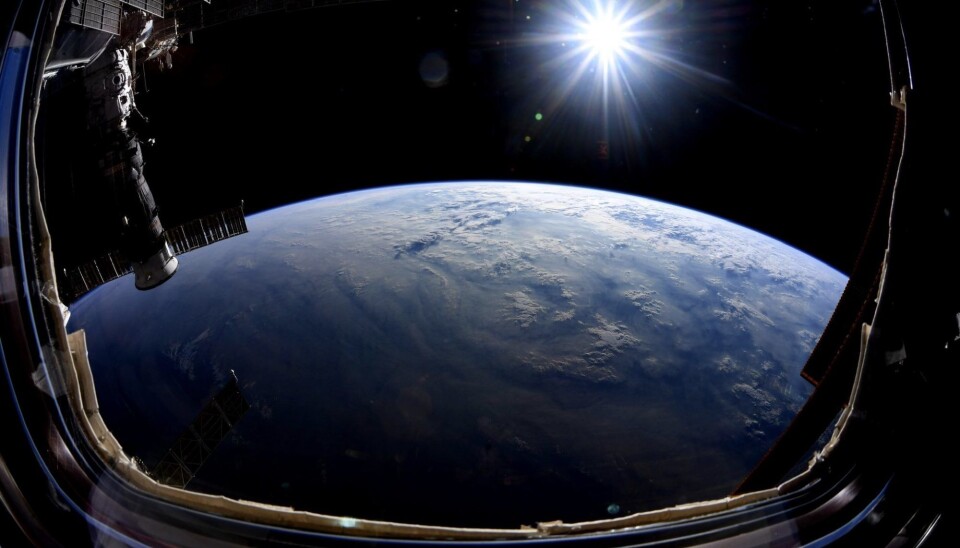
Marianne K. Vinje Tantillo, head of human space flight and exploration at the Norwegian Space Agency, says Larose’s proposal addresses questions that need to be answered.
“If you are going into space, you need to solve radiation problems, and this is a step towards doing that,” she said. “Whether it’s orbiting around the moon, or travelling to Mars, you need to know about radiation if you want to survive healthily from the journey.
Tantillo said Larose’s research could also be a focal point for building Norwegian networks for space research, as well as planting the seeds for the growth of new industries.
“In the long run, this could be a new area where Norway could develop the technology,” she said. “Think radiation monitoring, or other kinds of sensor technology that could be used to figure out exposure, or technology to shield the astronauts from radiation.”
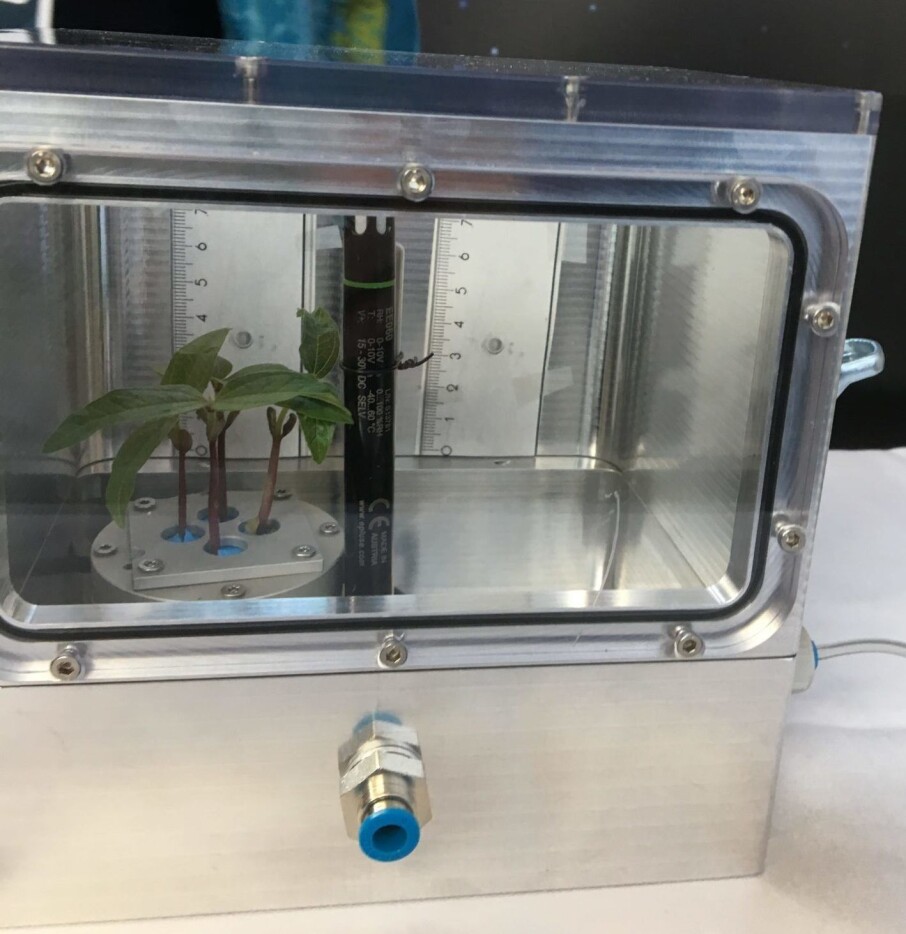
Searching for differences from gravity and cosmic radiation
In the experiment on the space station, one set of organoids will be exposed to both cosmic radiation and weightlessness.
Another set of organoids will be placed in a centrifuge to subject them to gravity that is similar to what they experience on Earth, which means they are only exposed to cosmic radiation.
A third set of cells will only be exposed to weightlessness because they will be placed in a box that protects them from cosmic radiation.
“If we can identify how much of the unknown ‘noise’ is due to gravity, it will also be easier to identify the rest of the unknown factors. Maybe we can get a step closer to understanding cancer and finding new ways to fight the disease,” she says.
Larose will undertake several years of preparatory research on Earth before the tumour experiment is launched with the space station.
These results will act as reference points and controls, but also have intrinsic value. The result of this research will be of importance to cancer patients, and especially in relation to the side effects associated with radiation.
Only female principal investigator
The United Nations Office for Outer Space Affairs and the China Manned Space Agency selected just nine projects from 42 applicants from 27 different countries. As one of the nine selected projects, Tumours in Space, headed by Larose, is the only project with a female principal investigator.
“We are proud to be supporting a female scientist to lead this project, as our Office also focuses on increasing the participation of women in the space sector and in STEM sectors more widely,” UNOOSA Director Di Pippo said.
In addition to her position at NTNU in Trondheim, Norway, Larose is also affiliated with the International Space University in France. The project includes collaborators from the Norwegian Space Centre, the European Space Agency and the Belgian Nuclear Research Centre.








